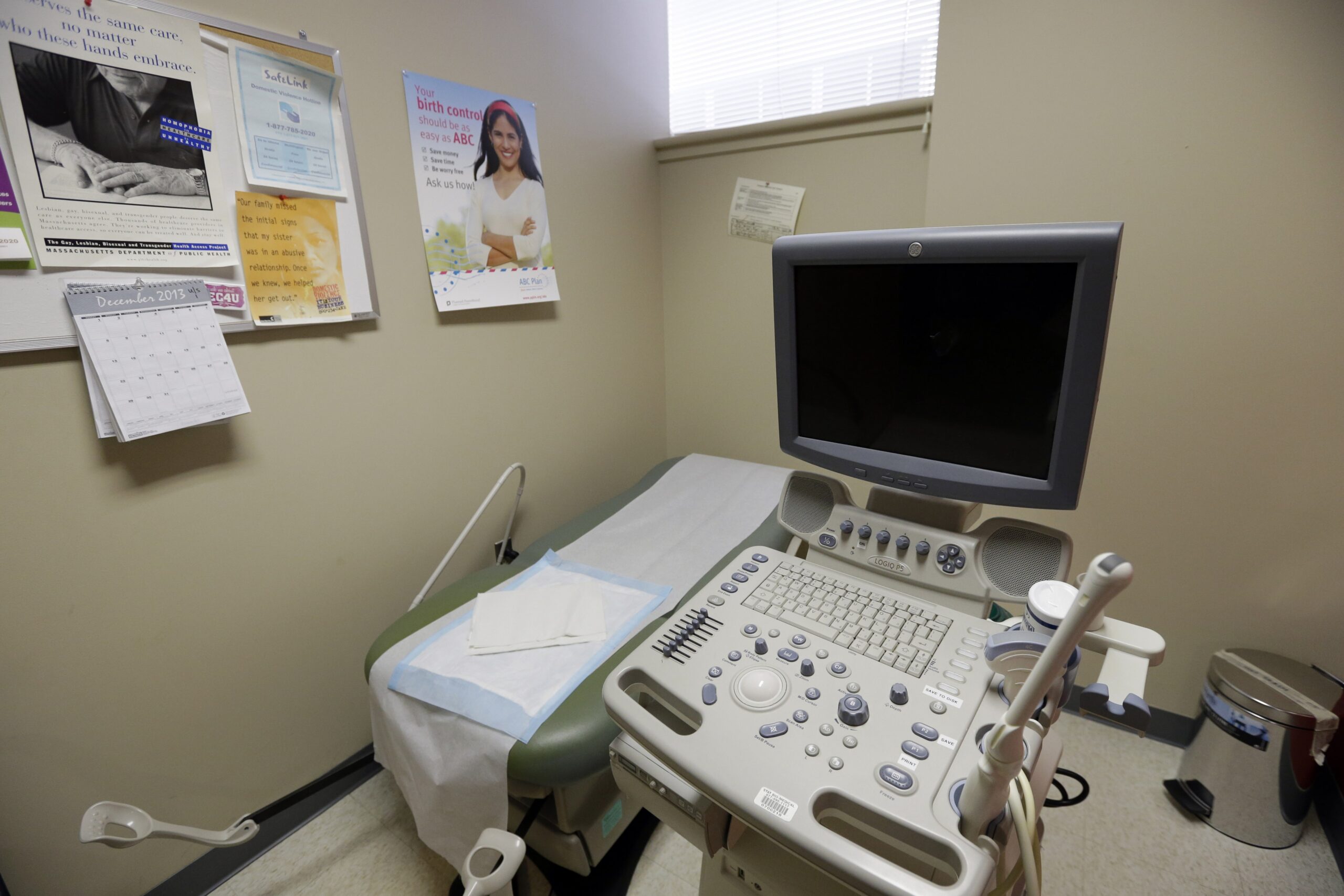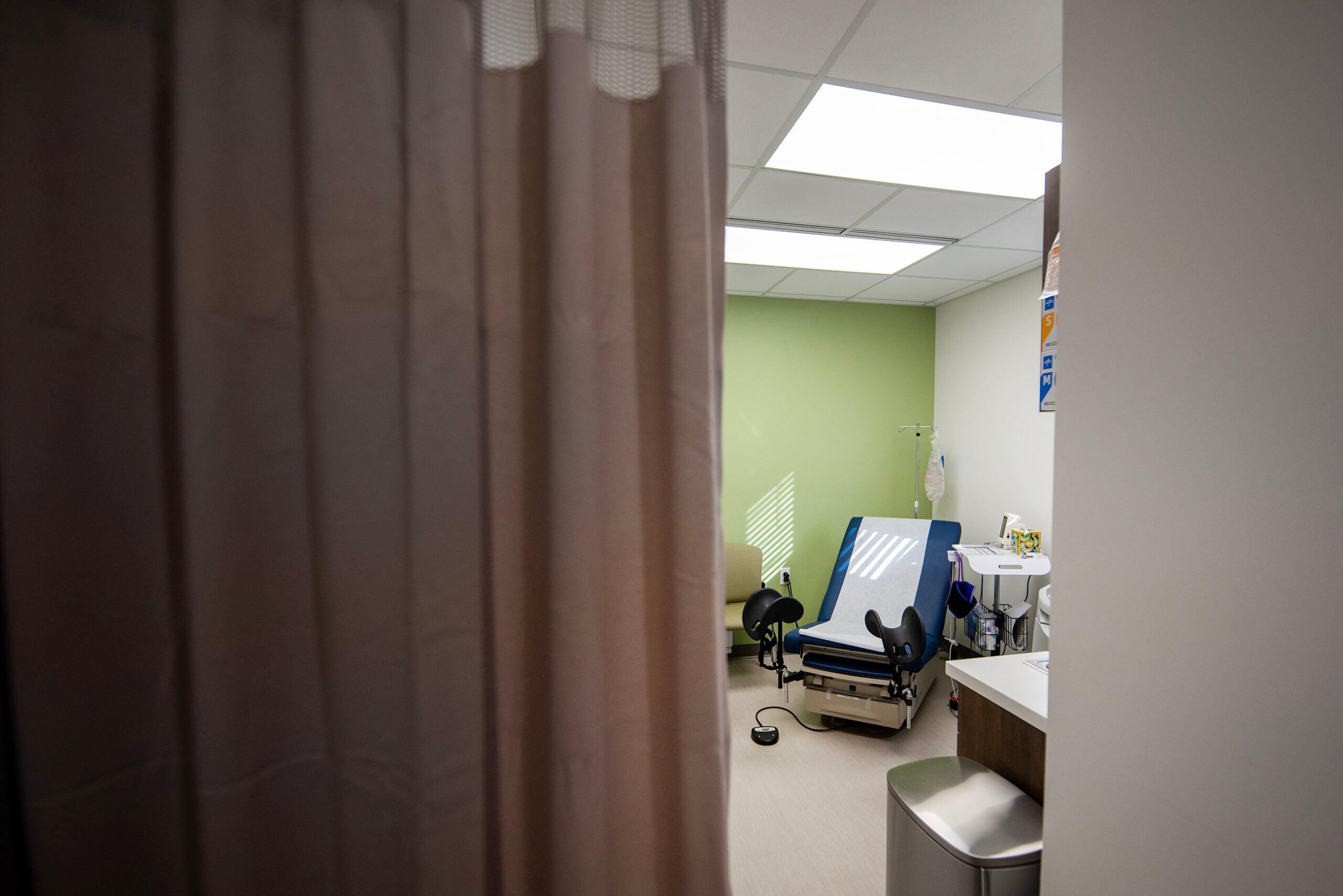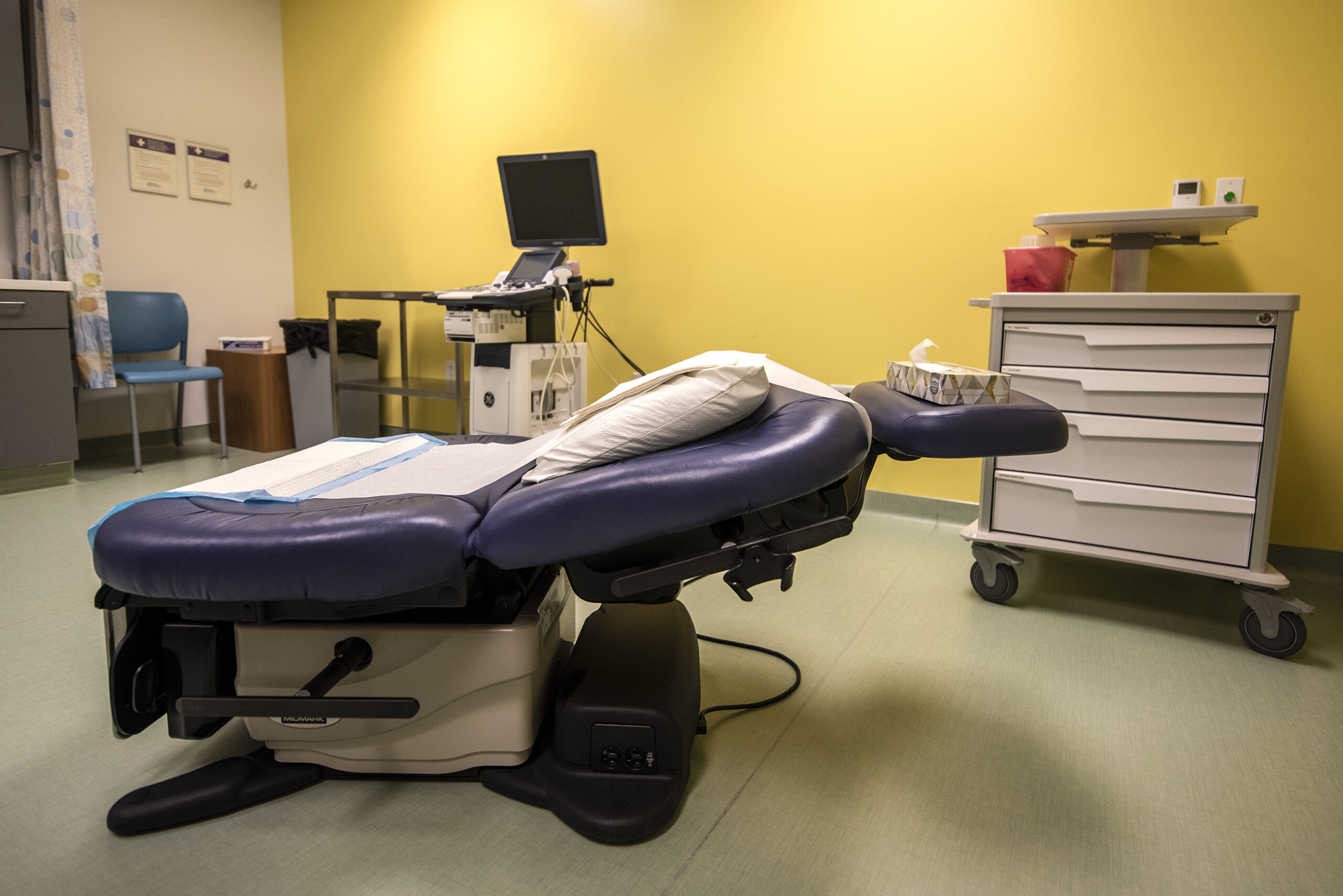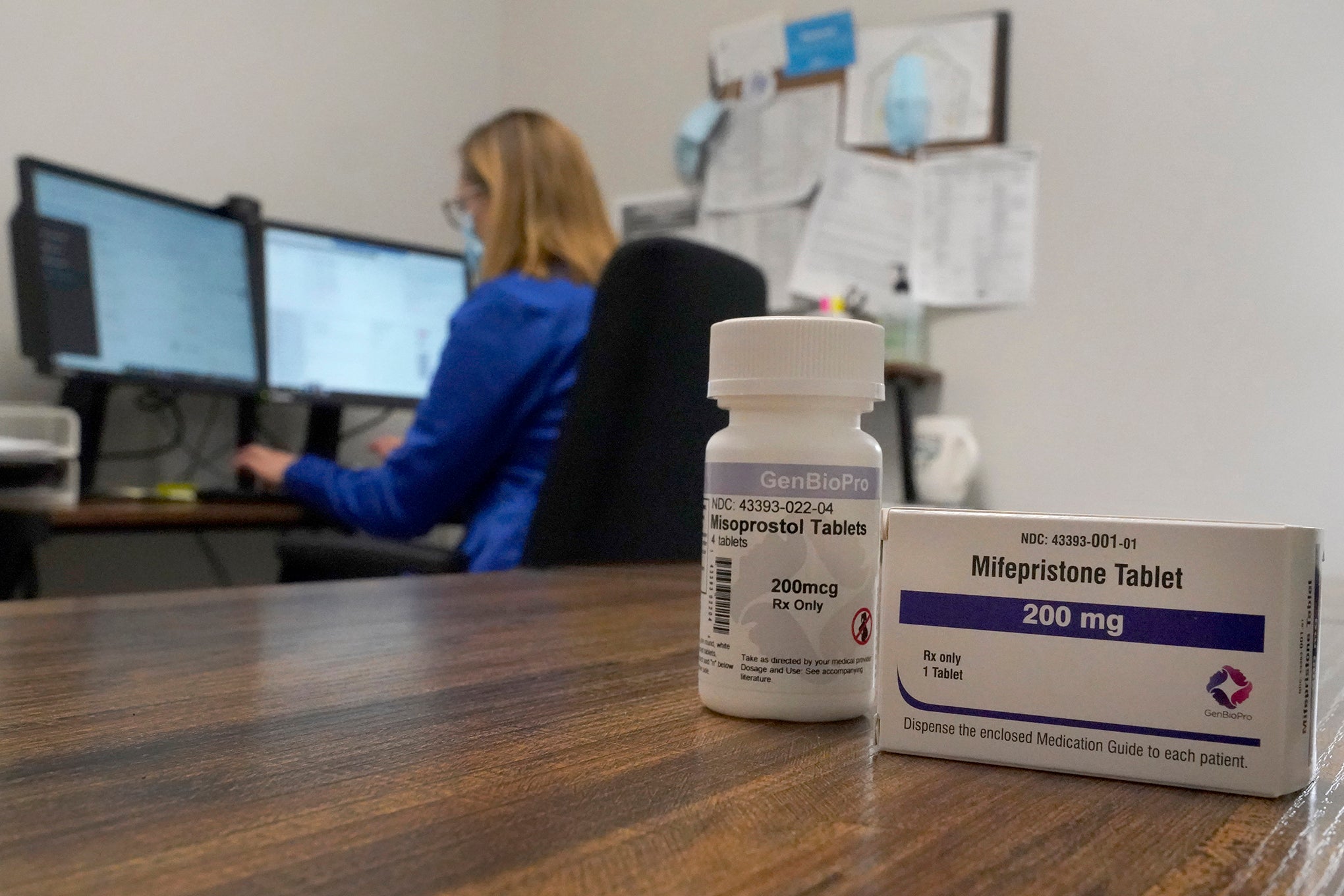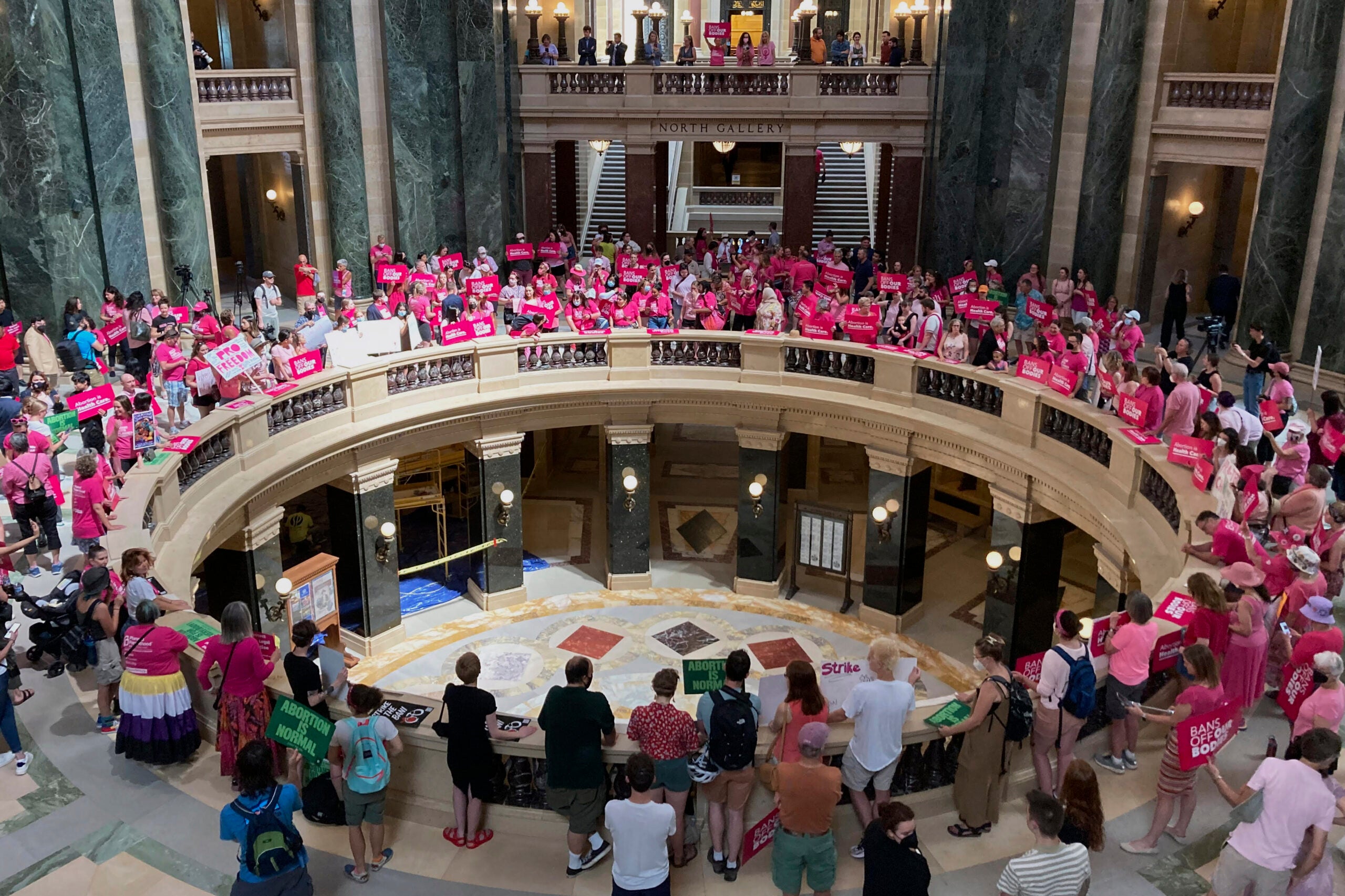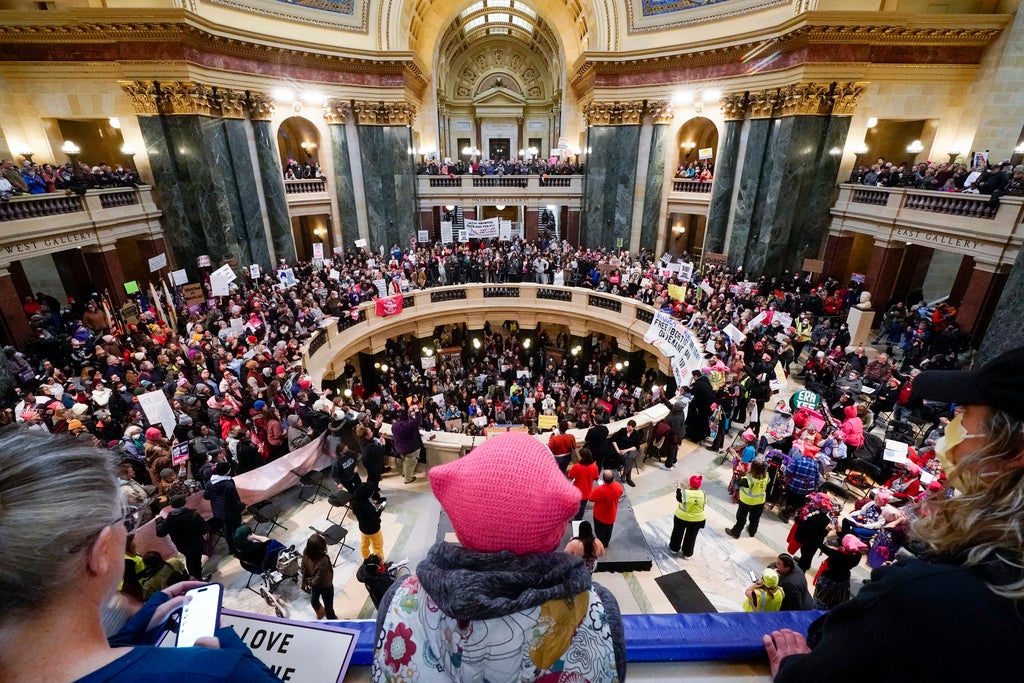About 6,400 abortions took place in Wisconsin in 2020, according to a report released this month by the state Department of Health Services. The ratio of abortions to live births in the state that year was about half the national rate in 2019.
According to the annual report, which is required under state law, there were 6,430 induced abortions in Wisconsin in 2020. The number is similar to other annual reports in recent years — there were 6,511 procedures reported in 2019 and 6,224 in 2018. The state data goes back to 1976, with the highest yearly rate of abortions reported at 20,819 in 1981 and the lowest at 5,612 in 2016.
The data show there were 10 abortions for every 100 live births in the state in 2020, compared to a national rate of 19.5 per 100 live births in 2019, the most recent year national data is available.
News with a little more humanity
WPR’s “Wisconsin Today” newsletter keeps you connected to the state you love without feeling overwhelmed. No paywall. No agenda. No corporate filter.
The report notes its data is limited to induced abortions performed on Wisconsin residents within state lines reported through the Wisconsin Induced Abortion Reporting System.
Jenny Higgins, a professor and director of the Collaborative for Reproductive Equity at the University of Wisconsin-Madison, says it’s more difficult to get an abortion in Wisconsin than it is in many other states.
“We have gone from a supportive state to a hostile state in a relatively short period of time,” she said.
In 2015, former Republican Gov. Scott Walker signed a high-profile law banning most abortions after 20 weeks of gestation.
Higgins also cited the state’s 24-hour waiting period and requirements for medication abortions as barriers to the procedure, and noted there are only a few abortion clinics in the state, which means many patients have to travel several hours to undergo a surgical abortion.
“There are a variety of restrictions that work synergistically to make it difficult for people to both travel to and afford services,” she said.
In 1973, the U.S. Supreme Court ruled in Roe v. Wade that pregnant people have a constitutional right to an abortion within the first two trimesters, when a fetus is unable to survive outside the womb, or about 23 or 24 weeks gestation. Recent reports on a leaked draft opinion from the court indicate that decision may be overturned this year. If that happens, a 173-year-old abortion ban in Wisconsin would go back into effect. Wisconsin Attorney General Josh Kaul has said he will not enforce the ban, though local law enforcement officials could choose to do so.
Since the court’s draft opinion was leaked, protests and debates over abortion rights have spread in Wisconsin. The issue is expected to be a high-profile one in the 2022 midterm elections. Many Wisconsin politicians, including candidates for governor and U.S. Senate, have already weighed in.
Wisconsin Public Radio, © Copyright 2025, Board of Regents of the University of Wisconsin System and Wisconsin Educational Communications Board.

